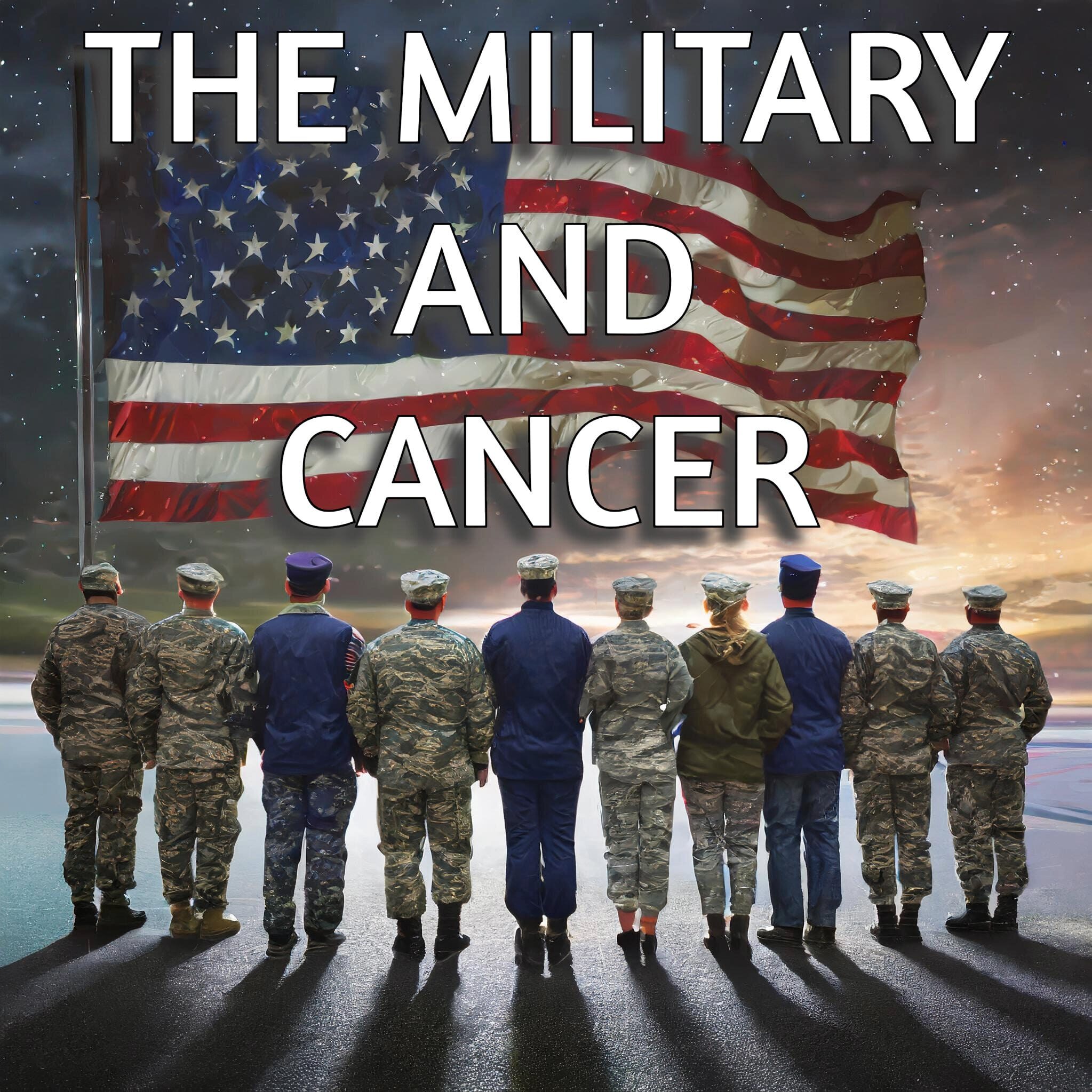
A recent study conducted by the Pentagon has shed light on concerning findings regarding cancer risks among military pilots and ground crews. The study, which was published in a report obtained by The Wall Street Journal, suggests that individuals serving in these roles may face higher risks of developing certain types of cancer compared to the general population.
The study, conducted by researchers from the Naval Postgraduate School and the Defense Health Agency, analyzed the health records of over 150,000 current and former military personnel. It specifically focused on individuals who had served as pilots or ground crew members in the Air Force, Navy, and Marine Corps.
One of the key findings of the study is the elevated risk of melanoma, a type of skin cancer, among military pilots. According to the report, pilots were found to have a significantly higher incidence of melanoma compared to non-pilots. This finding is particularly alarming given the extensive exposure to sunlight and ultraviolet (UV) radiation experienced by pilots during flight operations.
In addition to melanoma, the study also identified increased risks of other types of cancer among military pilots and ground crews, including prostate cancer, testicular cancer, and thyroid cancer. While the exact reasons for these elevated risks are not yet fully understood, researchers speculate that a combination of factors may be at play, including exposure to ionizing radiation from radar systems and other onboard equipment, as well as exposure to toxic chemicals such as jet fuel and hydraulic fluids.
The findings of the study have raised concerns within the military community and have prompted calls for further research to better understand the underlying causes of these elevated cancer risks. In response to the study, Pentagon officials have indicated that they are taking the findings seriously and are committed to implementing measures to protect the health and safety of military personnel.
Efforts to mitigate these risks may include implementing stricter safety protocols and exposure limits, as well as providing enhanced medical monitoring and screening programs for military personnel at higher risk of developing cancer. Additionally, there may be a greater emphasis on the development of advanced protective equipment and technologies to minimize exposure to harmful environmental factors.
Overall, the findings of the Pentagon study underscore the importance of addressing occupational health hazards within the military and ensuring that adequate measures are in place to protect the well-being of service members. Further research and collaboration between military and civilian medical institutions will be crucial in advancing our understanding of the link between military service and cancer risk, and in developing effective strategies for prevention and intervention.

